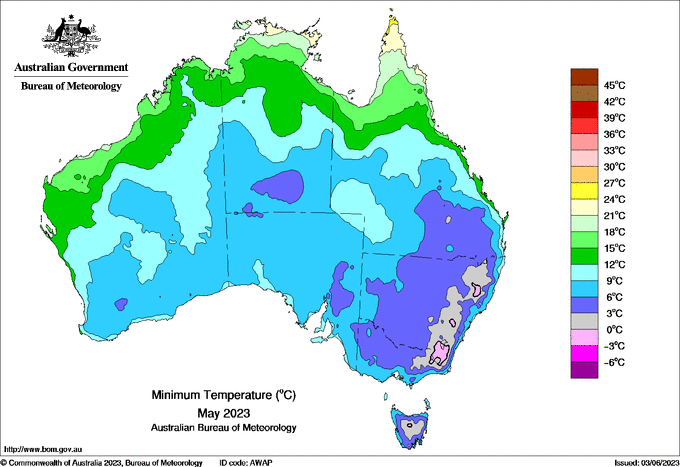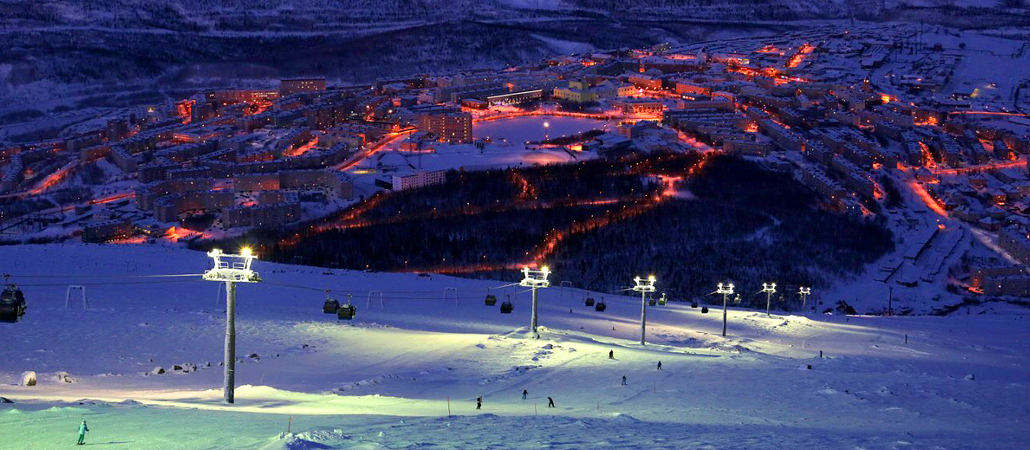
More than 100 weather stations across Australia, new and old, registered the coldest minimum temperatures for May on record. Minimum temperatures across eastern and central Australia during May rivaled temps usually seen in mid-winter for the region, dropping 5°C (9°F) below historical averages and occasionally seeing temps as cold as 10°C (18°F) lower than normal.
The freezing temps have ushered in frost to parts of the country foreign to freezing temps, like Queensland and the Northern Territory, while some of the southeast mountain ranges even saw snow. Moisture levels throughout the country are far below average, but that didn’t stop the snow due to the frigid temperatures.

Major cities throughout the country registered some of the coldest temps in decades. Sydney saw its coldest May in 53 years, with the mean temperature sitting at 15°C (59°F), while Brisbane’s May was the coldest seen in the last 29 years after temps dropped to 11°C (~52°F). Canberra’s mean temperature was the lowest seen in the previous 11 years at 7.8°C (~46°F), while also experiencing 18 days with minimum temps below 0°C (32°F).
The frigid temps can be credited to the positioning of high-pressure systems in the region, which allowed for clear skies in the evening, meaning high surface radiation loss overnight. Low winds in the southwest of Australia also resulted in a cool southerly airstream that impacted the whole country, causing minimum temperatures to plummet.
Although May was unusually cold, an emerging El Niño should ensure that winter temperatures return above historical norms, giving Australia a break from the numbing cold.




